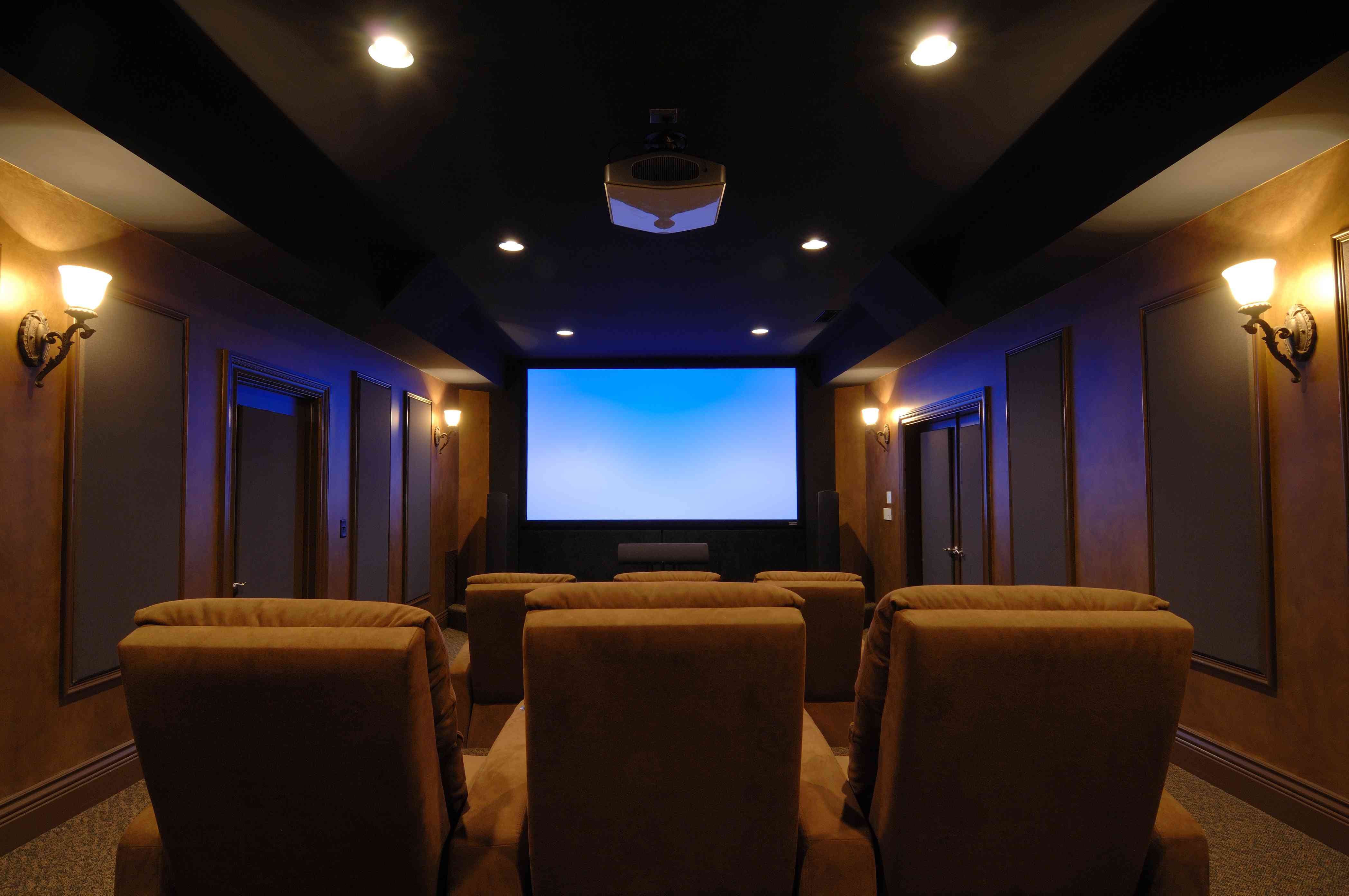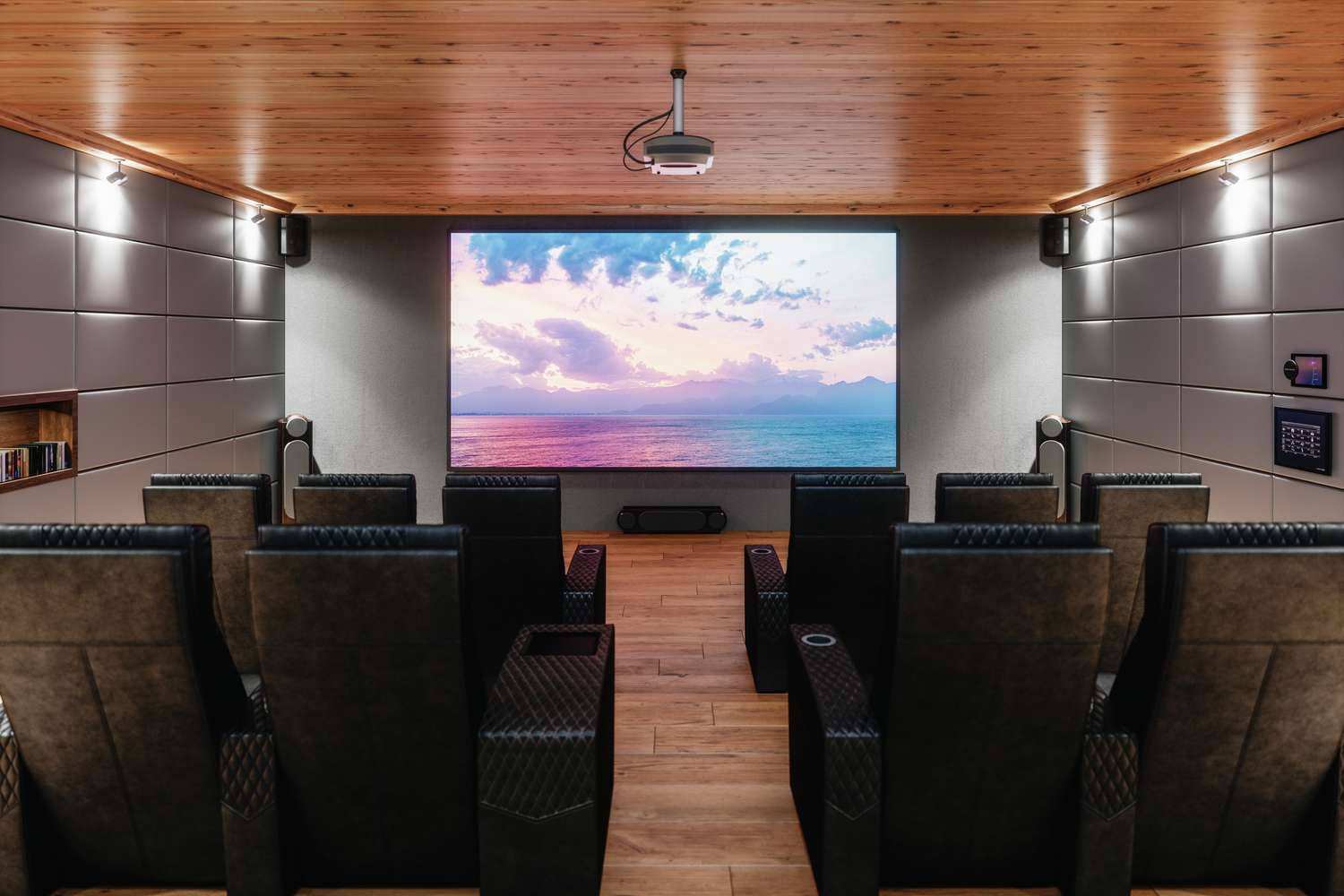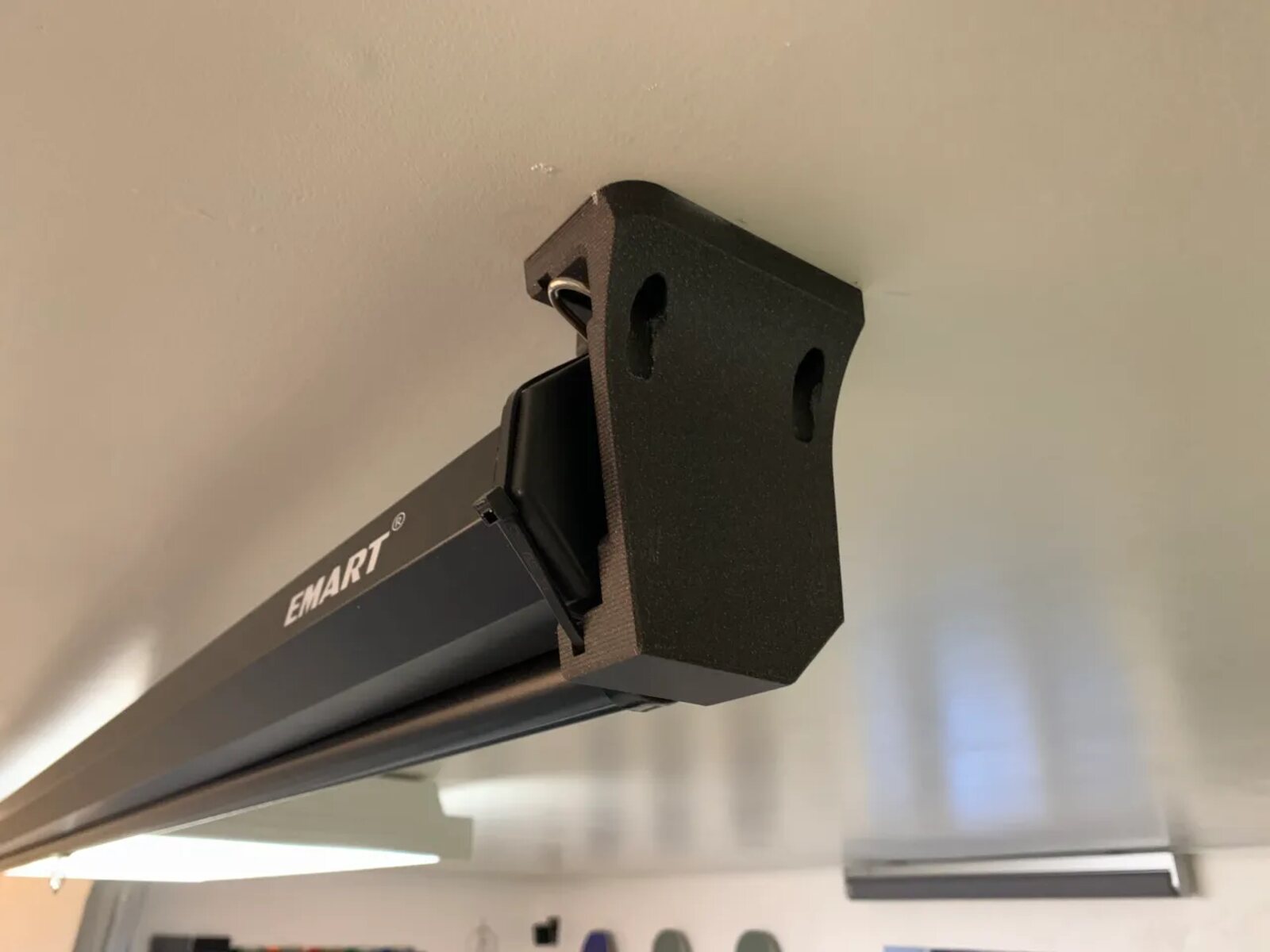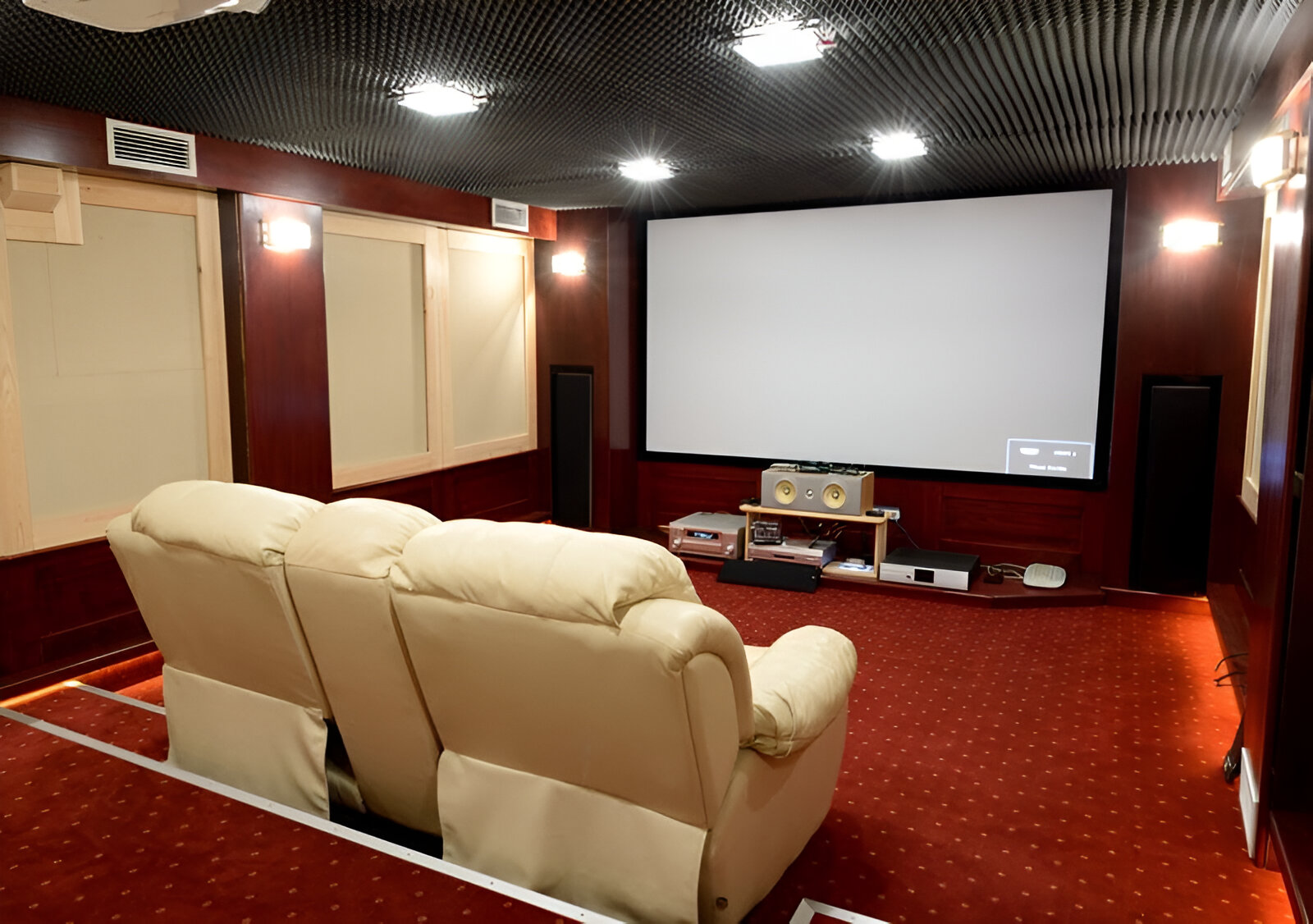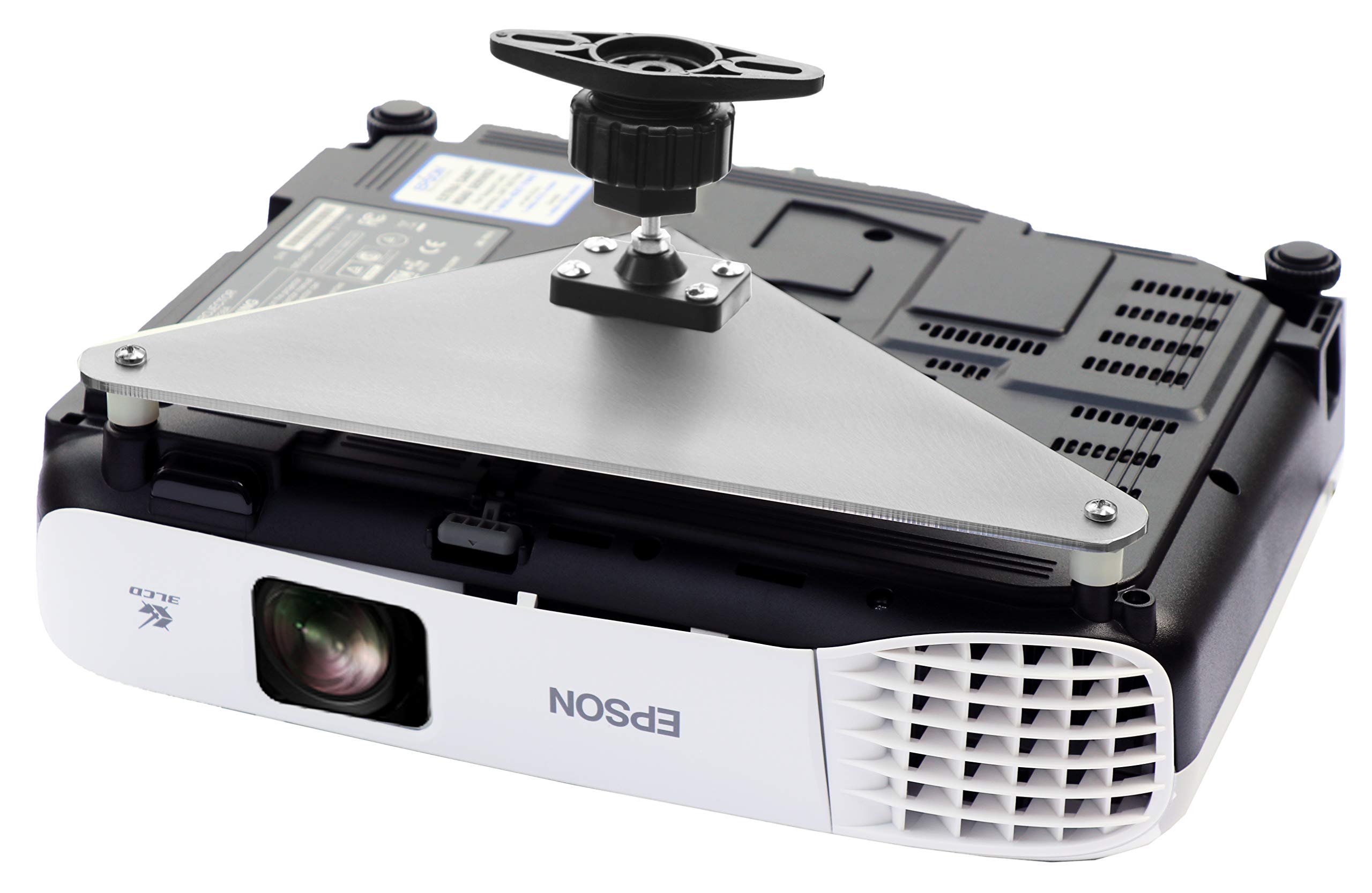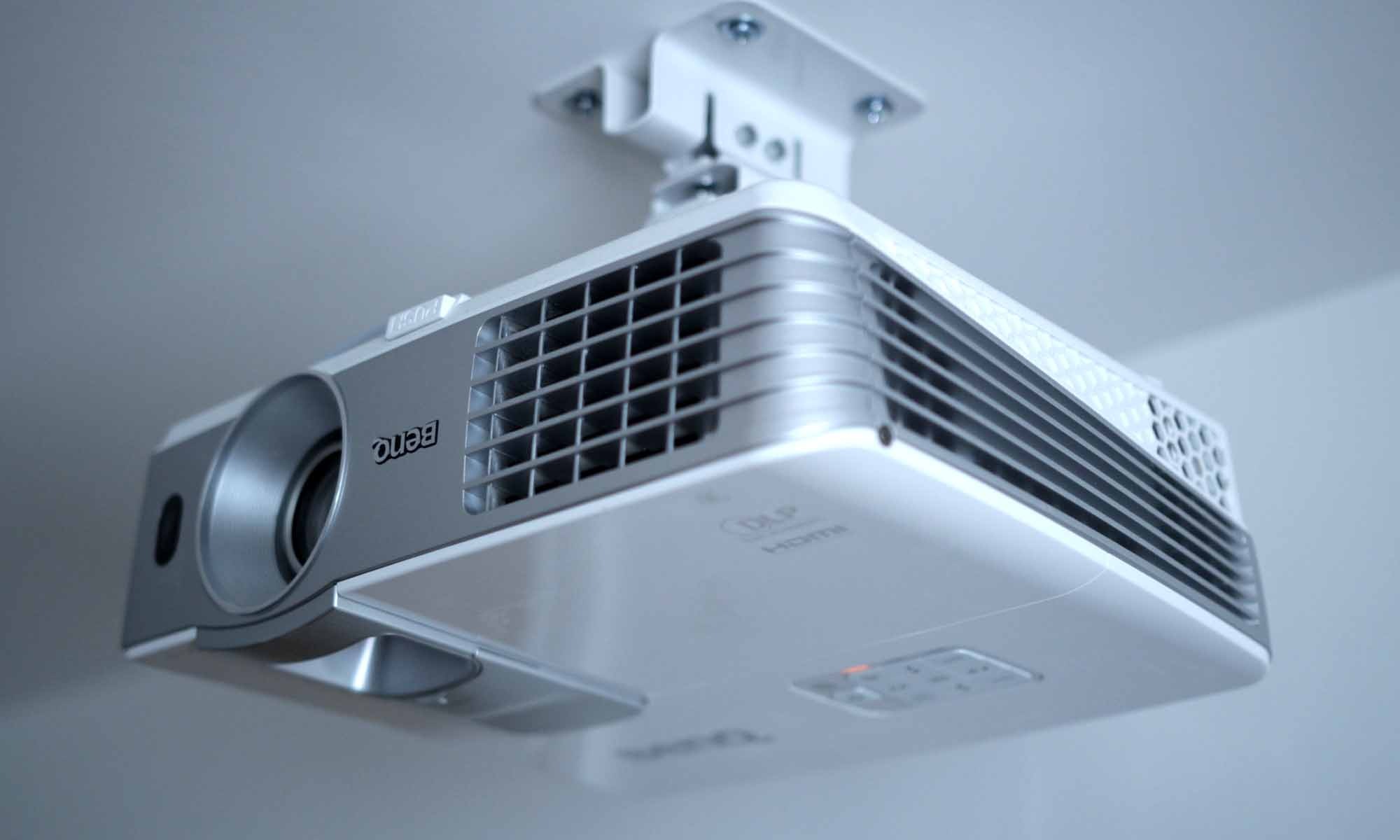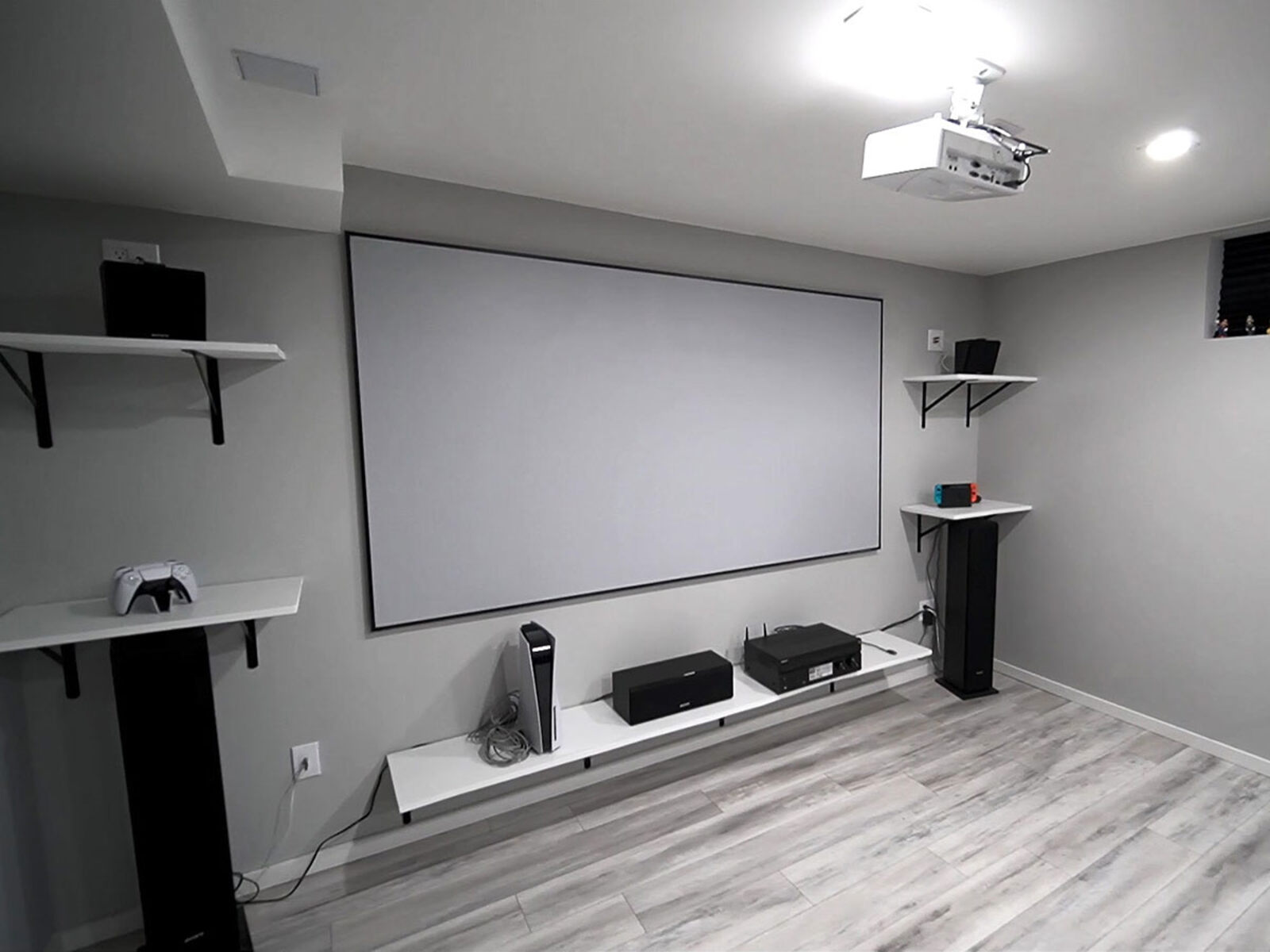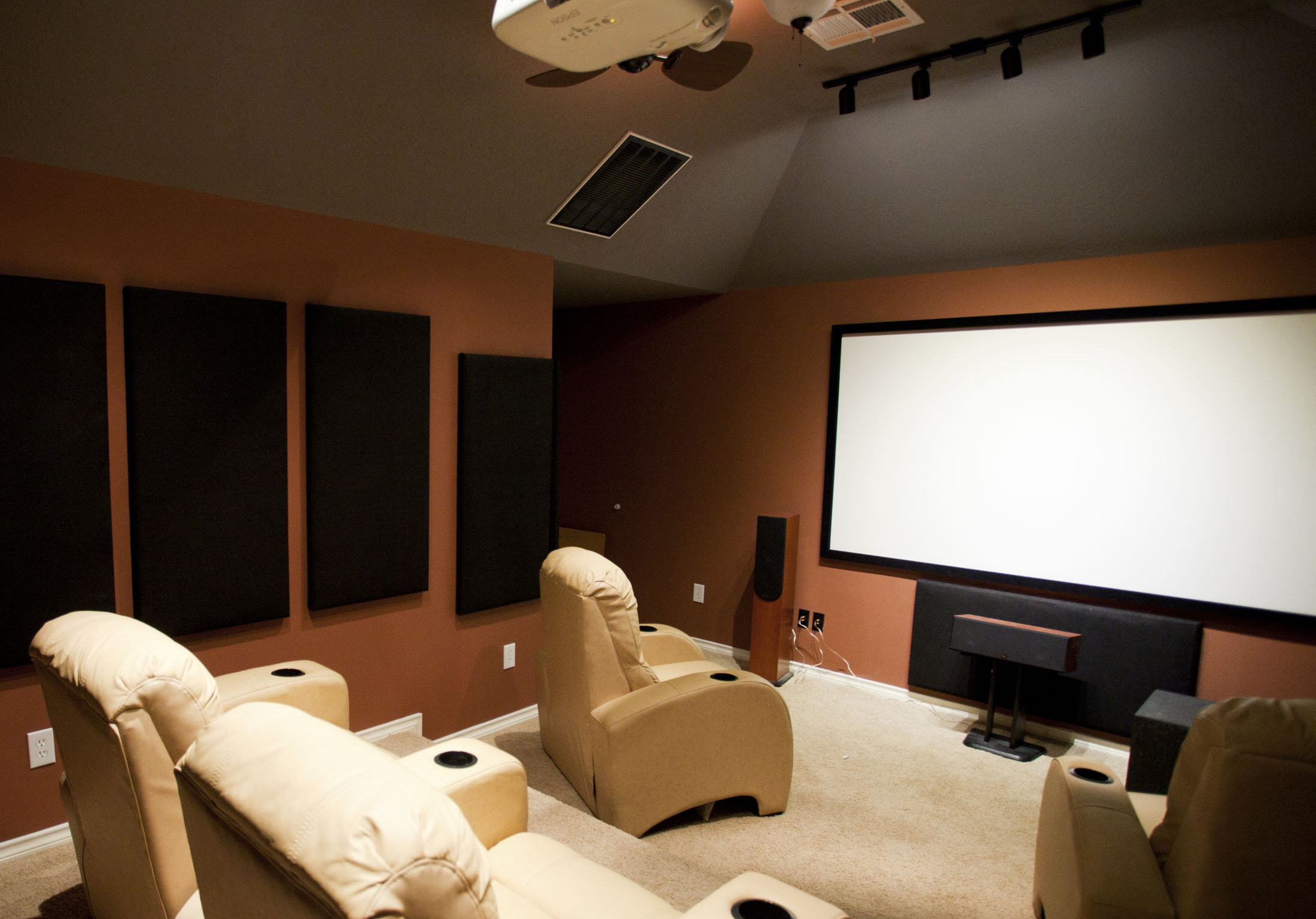Introduction
Setting up a home theater projector can transform your living space into a captivating entertainment hub. Whether you're an avid movie buff, a gaming enthusiast, or someone who appreciates immersive multimedia experiences, a home theater projector can elevate your entertainment endeavors to new heights. However, before delving into the world of projector installation, it's crucial to consider various factors, with ceiling height being a paramount concern. In this comprehensive guide, we will explore the ideal ceiling height required for installing a home theater projector, along with essential tips for optimizing your setup.
When contemplating a home theater projector installation, it's essential to strike a balance between functionality and aesthetics. The ceiling height plays a pivotal role in achieving an optimal viewing experience, as it directly impacts the projector's throw distance, screen size, and overall visual performance. By understanding the significance of ceiling height and its correlation with projector installation, you can make informed decisions to create a captivating home theater environment that caters to your specific preferences and spatial constraints. Let's delve into the essential considerations and recommendations for determining the ideal ceiling height for your home theater projector setup.
Factors to Consider
When evaluating the feasibility of installing a home theater projector, several critical factors come into play. Understanding these considerations is pivotal in determining the suitability of your space for a projector setup and ensuring an immersive viewing experience. Here are the key factors to contemplate:
- Ceiling Height: The distance between the floor and the ceiling directly influences the projector’s throw distance, which is the space required to project a clear and crisp image. A higher ceiling allows for greater flexibility in positioning the projector and achieving the desired screen size.
- Throw Ratio: The projector’s throw ratio, which indicates the distance the projector needs to be placed from the screen to achieve a specific image size, is crucial. Different projectors have varying throw ratios, so understanding this specification is essential when considering ceiling height and room dimensions.
- Screen Size: The available ceiling height impacts the potential screen size. A taller ceiling allows for a larger screen, enhancing the immersive nature of the viewing experience.
- Seating Arrangement: The distance between the projector and the seating area is influenced by the ceiling height. A higher ceiling can accommodate a more extensive seating arrangement, ensuring that all viewers have an unobstructed view of the screen.
- Room Acoustics: Ceiling height can influence the acoustics of the room. Taller ceilings may provide better sound dispersion and a more spacious auditory experience.
Considering these factors will enable you to assess the practicality of installing a home theater projector in your space and make informed decisions regarding the optimal ceiling height for your setup.
Standard Ceiling Heights
Understanding the typical ceiling heights prevalent in residential spaces is crucial when planning a home theater projector installation. While ceiling heights can vary significantly based on architectural styles, building codes, and regional norms, certain standard measurements provide valuable insights into common ceiling configurations. Here are the typical ceiling heights observed in residential settings:
- Standard 8-Foot Ceiling: A ceiling height of 8 feet is a prevalent standard in many homes. While this height is considered standard, it can pose challenges when installing a home theater projector, especially if you prefer a larger screen size or have specific throw distance requirements.
- 9-Foot Ceiling: Homes with 9-foot ceilings offer slightly more vertical space, providing increased flexibility for projector installation and accommodating larger screen sizes with optimal throw distances.
- Vaulted Ceilings: Some homes feature vaulted or cathedral ceilings, characterized by their steep, sloping design. These ceilings can vary widely in height, with some reaching 10 feet or more at their peak. While visually striking, vaulted ceilings may present unique challenges for projector installation due to their non-uniform height.
- Custom or High Ceilings: Custom-built homes or those designed with a focus on spaciousness may feature ceilings exceeding 9 feet, offering ample vertical room for projector placement and accommodating expansive screen sizes.
By familiarizing yourself with these standard ceiling heights, you can gauge the suitability of your space for a home theater projector setup and determine the potential challenges or advantages posed by your ceiling’s vertical dimensions.
Recommended Ceiling Height for Projector Installation
While the ideal ceiling height for a home theater projector installation can vary based on individual preferences and specific projector models, certain recommendations can guide you toward achieving an optimal setup. Consider the following guidelines when determining the recommended ceiling height for projector installation:
- Minimum Ceiling Height: For standard projector installations, a minimum ceiling height of 7.5 to 8 feet is often recommended to ensure adequate clearance for the projector and accommodate a reasonable throw distance for a modest screen size.
- Ideal Ceiling Height: To achieve a versatile and accommodating home theater environment, a ceiling height of 9 feet or higher is generally preferred. This height provides greater flexibility in projector placement, facilitates larger screen sizes, and allows for comfortable seating arrangements.
- Optimal Viewing Experience: For an immersive and cinematic viewing experience, a ceiling height of 10 feet or more is ideal, especially for larger home theater spaces. This height enables ample room for projector positioning, supports expansive screen dimensions, and contributes to a spacious and visually captivating atmosphere.
- Consideration for Low Ceilings: In spaces with lower ceilings, innovative solutions such as short-throw projectors or ceiling-mounted projector lifts can help mitigate the challenges posed by limited vertical clearance, allowing for a more accommodating setup.
By adhering to these recommended ceiling height guidelines, you can optimize your home theater projector installation, ensuring an immersive viewing experience and overcoming potential constraints associated with ceiling height limitations.
Tips for Dealing with Low Ceilings
Low ceilings can present challenges when installing a home theater projector, potentially limiting the achievable screen size and throw distance. However, with strategic planning and innovative approaches, you can overcome the constraints imposed by low ceiling heights and create a captivating home theater environment. Consider the following tips for dealing with low ceilings:
- Utilize Short-Throw Projectors: Short-throw projectors are designed to project large images from short distances, making them ideal for spaces with low ceilings. By employing a short-throw projector, you can achieve a substantial screen size without requiring extensive throw distance, maximizing the available vertical space.
- Explore Ceiling-Mounted Lift Systems: Ceiling-mounted projector lift systems provide a practical solution for low-ceiling environments. These motorized lifts enable the projector to descend from the ceiling to the desired viewing position when in use and retract back to the ceiling when not in use, optimizing space utilization and accommodating low clearance.
- Consider Wall-Mounted Projection: In rooms with exceptionally low ceilings, wall-mounted projection systems offer an alternative to traditional ceiling-mounted setups. By mounting the projector on a wall, you can circumvent the height restrictions imposed by low ceilings while still achieving a compelling viewing experience.
- Opt for Ambient Light-Rejecting Screens: In spaces where natural or ambient lighting is a concern due to limited ceiling height, opt for ambient light-rejecting screens. These specialized screens mitigate the impact of ambient light, enhancing image clarity and contrast even in environments with less ceiling clearance.
- Strategic Seating Arrangement: When dealing with low ceilings, consider optimizing the seating arrangement to maximize the viewing experience. Placing seating closer to the screen can compensate for the reduced screen size, ensuring an immersive and engaging viewing experience despite the spatial constraints.
By implementing these strategies and leveraging innovative technologies, you can effectively address the challenges posed by low ceilings and create a captivating home theater setup that maximizes the available vertical space.
Conclusion
Setting up a home theater projector is an exciting endeavor that can elevate your entertainment experiences to new heights. When considering the ceiling height for projector installation, it’s essential to assess various factors, including room dimensions, projector specifications, and innovative solutions for addressing spatial limitations. By understanding the significance of ceiling height and its impact on projector placement and screen size, you can make informed decisions to create a captivating home theater environment that caters to your specific preferences and spatial constraints.
Standard ceiling heights prevalent in residential spaces provide valuable insights into common configurations, offering guidance for assessing the suitability of your space for a home theater projector setup. While higher ceilings generally offer greater flexibility and accommodation for larger screen sizes, innovative approaches such as short-throw projectors and ceiling-mounted lift systems can effectively address the challenges posed by low ceilings, ensuring an immersive viewing experience even in spatially constrained environments.
Ultimately, the recommended ceiling height for projector installation aligns with achieving an optimal viewing experience, with considerations for minimum clearance, ideal ceiling heights, and innovative solutions for low-ceiling environments. By adhering to these guidelines and leveraging strategic planning, you can optimize your home theater projector installation, ensuring an immersive viewing experience and overcoming potential constraints associated with ceiling height limitations.
Whether you’re transforming a dedicated home theater room or integrating a projector into a multi-purpose living space, the careful consideration of ceiling height and the implementation of tailored solutions can culminate in a captivating and immersive home theater experience that caters to your unique spatial constraints and entertainment preferences.







